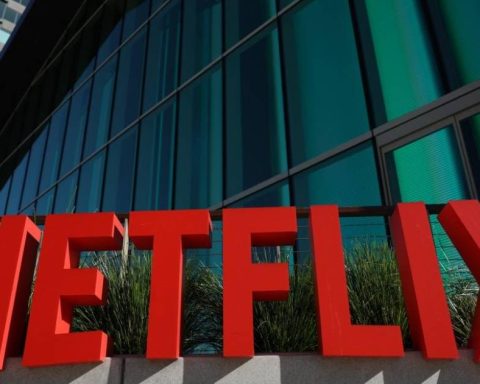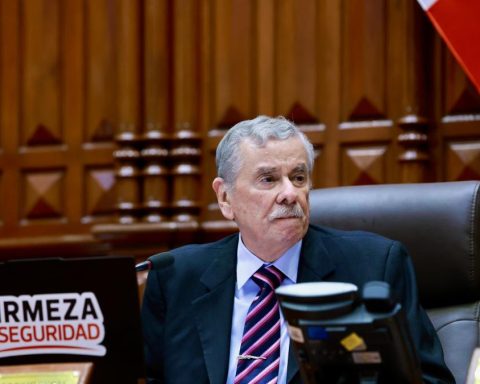The General Price Index-10 (IGP-10) rose 1.79% in January this year, after falling 0.14% in December, according to data released today (17), in Rio de Janeiro, by the Instituto Brazilian Institute of Economics from Fundação Getulio Vargas (FGV Ibre).
The prices to compose the indicator are collected between the 11th of the previous month and the 10th of the reference month, serving as a basis for the readjustment of public tariffs and old contracts of rent and health plans. The IGP gathers producer and consumer price indicators and the cost of civil construction.
With this result, the index accumulates a high of 17.82% in 12 months. In the annual comparison, in January 2021 the IGP-10 rose 1.33%, with a 12-month accumulated index of 24.49%. According to the institute’s Price Index coordinator, André Braz, the indicator was influenced by the increase in the price of commodities and the drop in gasoline.
“The accelerations observed in the prices of iron ore, which went from -19.28% in December to 24.56% in January, and of soybeans, going from -3.41% to 2.92%, items with greater weight in the producer index, guided the advance of the IPA rate (Broad Producer Price Index), with greater influence on the IGP-10. Consumer and civil construction inflation, on the other hand, decelerated due to the drop in the price of gasoline, which went from 5.50% to -1.51%, and the prices of rebar and steel wire, which went from -0, 40% to -1.61%”.
prices
In January, the Broad Producer Price Index (IPA) rose 2.27%, after falling 0.51% in December. By processing stages, Final Goods varied from 0.42% to 0.75%, driven by the food subgroup in natura, which went from -2.84% to 3.14%. The Index of Final Goods, which excludes in natura food and fuel for consumption, rose 0.87% in January, after changing 0.46% in December.
The Intermediate Goods group had the rate decelerating from 1.98% in December to 0.55% in January. The main contribution came from the subgroup fuels and lubricants for production, which changed from 4.28% to -1.31%. The Intermediate Goods index (ex), which excludes this subgroup from the analysis, changed 0.86% in January, after rising 1.60%.
In the group of Gross Raw Materials, the index accelerated from -3.78% in December to 5.43% in January. The main contributions came from iron ore, soybeans and corn, which changed from -4.71% to 2.86%. The main decelerations occurred in the items beef (11.28% to 2.73%), coffee beans (10.83% to 4.24%) and sugar cane (3.08% to 1.53%) .
Consumer prices
According to FGV Ibre, the Consumer Price Index (CPI) rose 0.40% in January, decelerating from the 1.08% increase in December. Among the eight classes of expense that make up the index, five had a drop in rates. They are Transport (2.49% to -0.26%); Education, Reading and Recreation (2.61% to 0.38%); Communication (0.08% to 0.00%); Miscellaneous Expenses (0.16% to 0.10%); and Housing (0.77% to 0.74%).
The main contributions occurred in fuels and lubricants (5.60% to -1.61%); airfare (17.18% to -4.37%); telephony, internet and pay-TV combo (0.16% to 0.04%); food for domestic animals (0.78% to 0.45%); and residential electricity tariff (1.86% to 1.63%).
The food groups registered acceleration in the rates (0.59% to 0.88%); Clothing (0.19% to 1.31%); and Health and Personal Care (0.12% to 0.15%). The biggest influences were in fruits (2.52% to 10.35%), clothes (0.24% to 1.51%) and hygiene and personal care articles (-0.06% to 0.38%).
INCC
The last component of the IGP-10, the National Construction Cost Index (INCC) changed 0.50% in January, after rising 0.54% in December. Materials and Equipment went from 0.81% to 0.91%, Services went from 0.61% to 0.97%; and Labor went from 0.28% in December to 0.05% in January.












